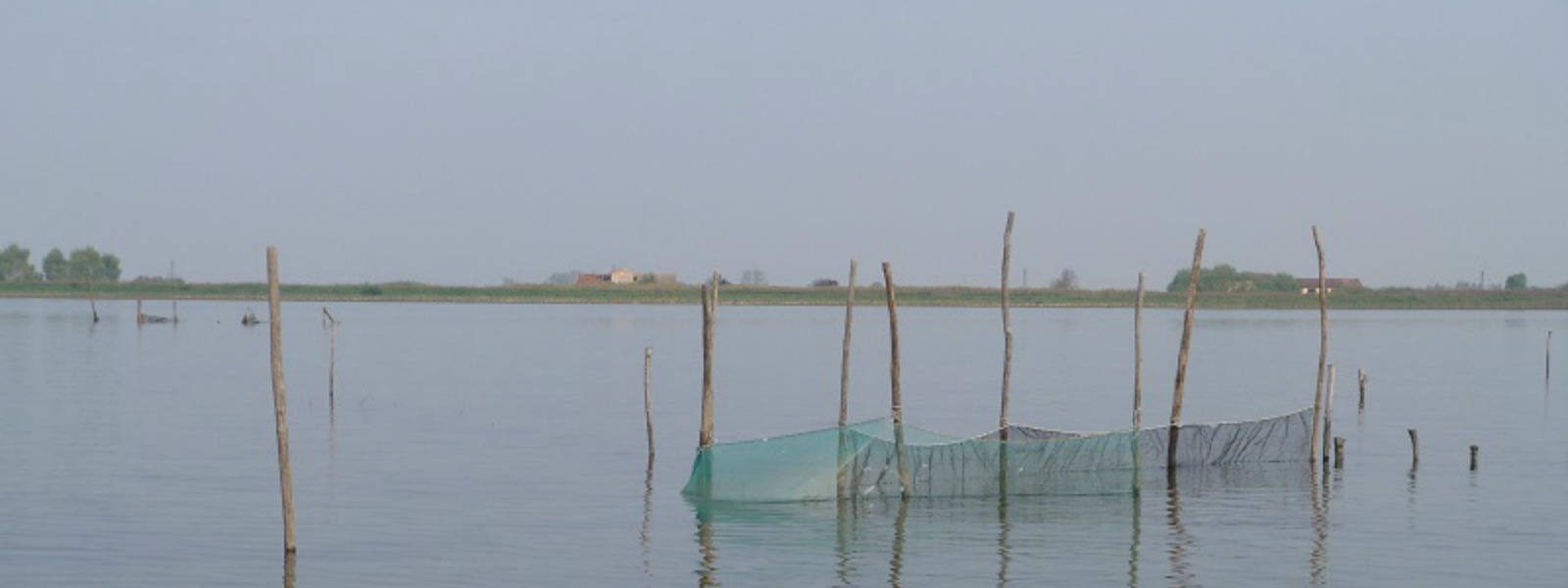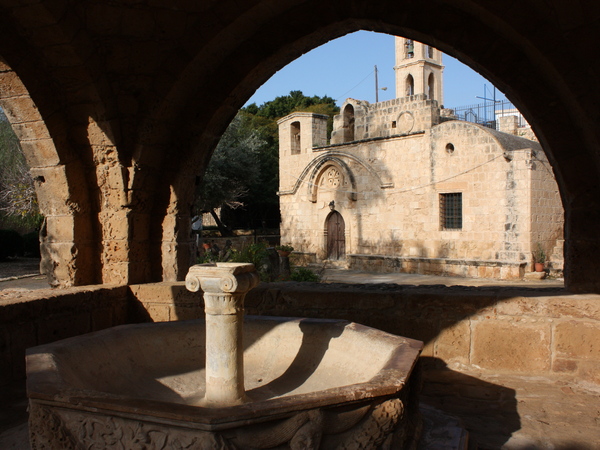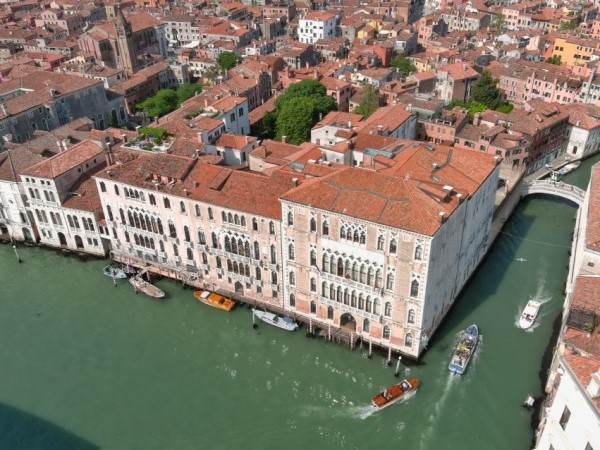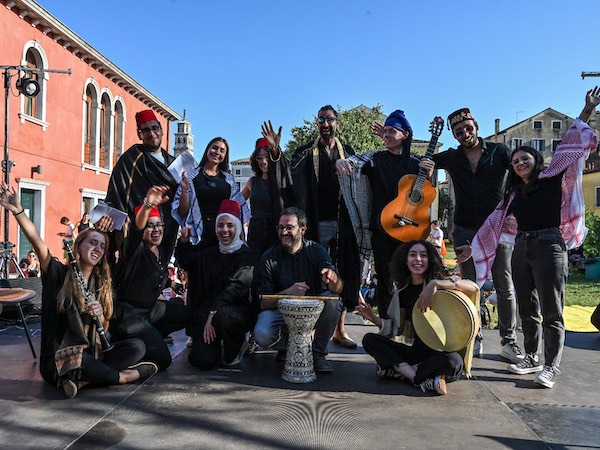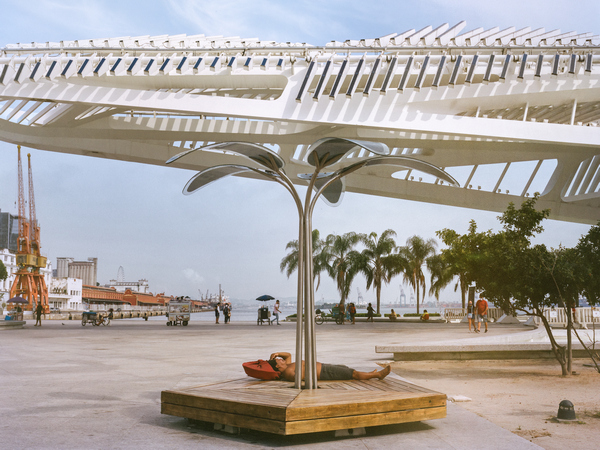Relocation of phanerogams in the lagoon has been successful. Thanks to Ca’ Foscari coordinating the operation, today we have completely covered 400 acres of the seabed with aquatic plants (see the map below), increasing the biodiversity and the ecologic state of the improving area.
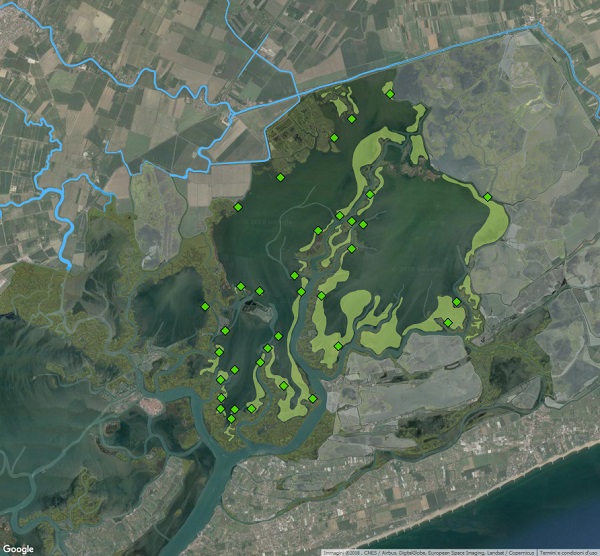
The final results were shared by the European project LIFE SeResto, co-financed by the European Union Life Programme, conducted by the university in collaboration with the Higher Institute for Environmental Protection and Research (Ispra), the interregional offices for Public Action and the Laguna Venexiana Onlus Association.
The implementation of the aquatic plant began in 2014 and was mainly carried out by fishermen, hunters, and rowers, trained and supported by the scientific partners.
“The consolidation of the restoration of the aquatic lagoon habitat has already contributed to the realisation of the healthy ecological state of the northern bodies of water of the lagoon”, explains Adriano Sfriso, scientific coordinator of the project and professor of Ecology in the Department of Environmental Sciences, Computer Science and Statistics, “promoting an improved biodiversity and ecosystem services provided by an environment with good ecological conditions in the lagoon. For example, we are on the way to improving the quality of the water and the acquisition of CO2, increasing the fish productivity, the presence of birds and a return to recreational use for eco-tourism activities”.
The final results were presented in the Ca’ Foscari’s Auditorium Santa Margherita last week.
Phanerogams
Water phanerogams are vascularised organisms surrounded by leaves, stems and roots that live submerged and reproduce among flowers and spread mainly by seed dispersal. They create the optimal habitat (nursery, shelter, nourishment) for benthic macrofauna, fish and for creating more birdlife. They facilitate sedimentation, they prevent erosion, weaken strong waves, and permanently trap growing quantities of CO2.
In the Venetian Lagoon, the prairies of aquatic plants, the environmental engineers of the lagoon areas, have been strongly damaged by various human activities in recent decades (spills of nutrients and pollutants, exploitation of fish resources, excavation of canals and morphological activities of various kinds etc.). Recently, due to various reasons, among the enactment of Legislative Decrees to control and limit these pressures, the environmental conditions of the extended area of the Venetian Lagoon have improved and become suitable again for the diffusion of this plant.
Transplants
To accelerate the process of recolonisation, Zostera marina, Zostera noltii, Ruppia cirrhosa and occasionally Cymodocea nodosa were transplanted. The project triggered a process of recolonisation of aquatic phanerogam prairies, especially Zostera marina and Zostera noltii, in 35 small sites spread throughout the northern area of the lagoon (State of Community Interest IT3250031 - Natura Network).
Between 2014 and 2015, 330 clumps (30cm diameter) were transplanted.and in the following years 60,000 rhizomes were dispersed in the surrounding areas, but the greatest dispersion took place through millions of seeds produced by the transplanted plants and dispersed along the margins of the salt marshes and the banks of the canals by winds and tides.
Where the plants are from the first efforts in 2014, the quality of the ecological state has gone from ‘poor’ to ‘good’. The most rapid improvements have been observed for the aquatic vegetation with the appearance and rapid diffusion of certain species of high ecological value. Benthic Fauna (organisms that live on the sea bed) and nektonics (organisms that swim in the water) are improving less rapidly but there are clear signs of an increase in biodiversity.
The Project
The title of the project ‘Habitat 1150* (Coastal Lagoon) recovery by SEagrass RESTOration. A new strategic approach to meet HD & WFD objectives’. It benefits from the contribution of the financial means of the European Union, LIFE, which contributes 75% of the total cost of the project (1,563,898 euros) and is located within the Natura 2000 network (SIC IT3250031 - Laguna di Venezia Settentrionale).
The project LIFE SeResto (LIFE12 NAT/IT/000331) aimed to enhance and promote the environmental recovery of the northern Venetian lagoon by restoring the grasslands of aquatic plants. The prairies support the formation of fundamental habitats for the life of many species (fish, birds, molluscs, crustaceans etc).





